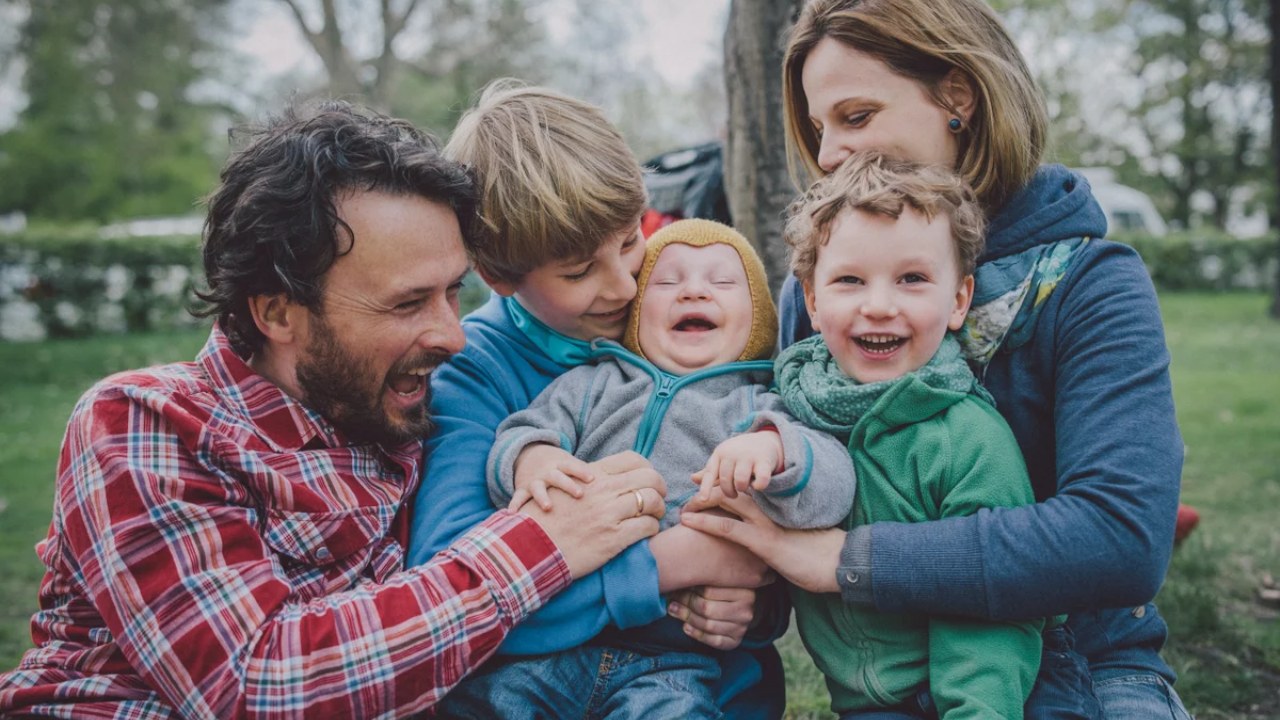Child Benefit Update: Child benefit amounts to £26.05 per week for your first child, and £17.25 for any additional children after that. If you are responsible for caring for a child, you receive a child benefit, but if you or your spouse has a high income, you may have to pay back some of this benefit.
If either of you earns more than £60,000, you must pay back 1% of your child benefit for every £200 you earn over £60,000. This is called the High Income Child Benefit Charge.
If you earn more than £80,000, you must pay back 100% of your child benefit. You’d normally pay the Higher Income Tax Charge through self-assessment – but now, there’s also the option to pay it through your PAYE tax code.
Get HMRC tax alerts straight to your WhatsApp!
Need the latest alerts and advice from HMRC? The Mirror has launched its own Money WhatsApp community where you’ll get all the latest HMRC news and money-saving tips delivered straight to your phone.
We’ll send you the latest breaking updates and exclusive information straight to your phone. To join, users need to download WhatsApp to their phone or already have WhatsApp.
To join, all you need to do is click this link, select ‘Join Chat,’ and you’re in! We may also send you stories from other titles in the Reach Group.
We’ll also provide our community members with exclusive offers, promotions, and advertising from us and our partners. If you don’t like our community, you can view it at any time. To exit our community, click on the name at the top of your screen and select Exit group. If you’re interested, you can read our privacy notice.
Click here to join
This means that HMRC will change your tax code, and the fee will be deducted from your salary. If you are employed and don’t need to file a self-assessment return for any other reason, you can use this service.
We use your registration to provide content based on your consent and to improve our understanding of you. This may include advertising from us and third parties based on our information about you. More information
You have until January 31, 2026, for the latest 2024/25 tax year, which ended April 5, 2025. You can still pay the higher income fee through self-assessment if you wish.
If you usually have to file a self-assessment, you won’t be able to use the new PAYE option. If your income is higher, you can claim the child benefit without receiving the payment.
This will mean you’ll still receive National Insurance credits that count towards your state pension, but you won’t need to pay the fee.
Article continues below
More than seven million families claim child benefit. You can claim it if you have a child under 16, or if they’re under 20 and still in approved education or training.
This can include A-levels, NVQs, or home-schooling, but it doesn’t include university or BTEC qualifications. To claim the payment, the child must usually live with you, or you must pay an amount equivalent to the child benefit for their care.
If you’ve fostered a child, you can claim child benefit, provided the local council isn’t paying for their housing or maintenance, or if you’ve adopted the child.
You may also be eligible if you’re caring for a friend or relative’s child. There’s no limit on how many children you can claim child benefit for, but if two people care for one child, only one person can claim child benefit.
Exchequer Secretary Dan Tomlinson said: “We’re modernizing HMRC to simplify tax. Thousands of parents no longer have to go through the extra effort of filing their tax returns, as this new, simple and straightforward system removes the stress of paying the Higher Income Child Benefit Charge (HICBIC).”
He added, “If they sign up, they will be issued a new tax code that will reflect their HICBC deduction. Any fluctuations in income and child benefit eligibility will be reflected in their tax code from year to year.”
